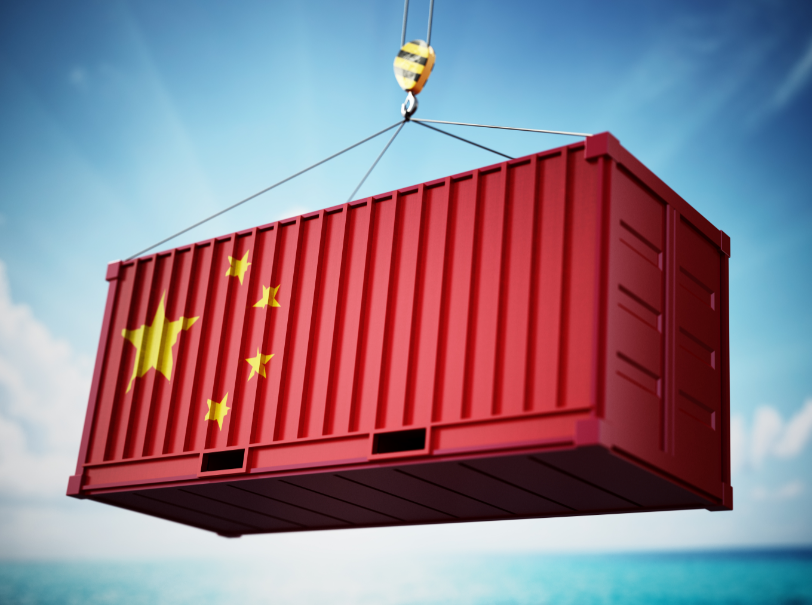
The Chinese government has said it will require export permits for some graphite products, prompting supply chain concerns.
Chinese customs authorities announced the measures on Friday (20 October).
“Based on the need to safeguard national security and interests, China has implemented export controls on specific graphite items,” said a spokesman for China’s ministry of commerce said.
Under the restrictions, exporters will need to apply for permits to ship two types of graphite, including high-purity, high-hardness and high intensity synthetic graphite material, and natural flake graphite and its products.
These will apply from 1 December, according to China’s ministry of commerce.
Target?
Although China states that this is not targeted at any nation, and that exports will be permitted if the regulations are met, the move is seen as a retaliation against recent US restrictions by observers.
Per Axios, US commerce secretary Gina Raimondo announced further restrictions on the export of AI chips and manufacturing equipment to China last Tuesday (17 October).
She said that the goal was to limit China’s “access to advanced semiconductors that could fuel breakthroughs in artificial intelligence.”
Control over graphite
Simon Moores, CEO of Benchmark Mineral Intelligence, said on Twitter that graphite “is the one critical mineral in which China has the sway of industrial power both mining, refining (production of spherical graphite) and anode making”.
Moores said that China was expected to produce 61% of flake graphite and 92% of anode material in 2023.
The US, China and Poland are all major buyers of graphite, which is a key component of electric vehicle batteries, nuclear reactors and steel refractories. It is also used to produce graphene, a lightweight material used in advanced manufacturing.
Reaction
Both South Korea and Japan’s trade ministers said they would be monitoring the situation, with Hirokazu Matsuno saying in an interview that he would consider bringing a dispute to the World Trade Organization.
“This bold and unexpected move by China in graphite has taken us by surprise, arriving far sooner than anyone could have predicted,” Kien Huynh, chief commercial officer at Alkemy Capital Investments, told Reuters.
Roger Marshall, trade and customs specialist at the Institute of Export & International Trade (IOE&IT), said that the problem would be hard to diagnose until the full extent of the restrictions is revealed:
“In recent months there has been a surplus of processed graphite and its believed users stocks are quite high so the impact in the short-term may not be too bad. But depending on the controls this situation could rapidly change.
“This will be one more prompt to accelerate moves by non-Chinese companies to develop supply chains that are not dependent on Chinese processed material.
“In theory, this should be possible, but it will all depend on the specifics of the restrictions and how long they are in force for.”
Previously
In early July, Beijing imposed similar restrictions on the metals gallium and germanium, also citing “national security concerns”, as reported by the IOE&IT Daily Update.
According to Bloomberg, exports resumed the month afterwards.



